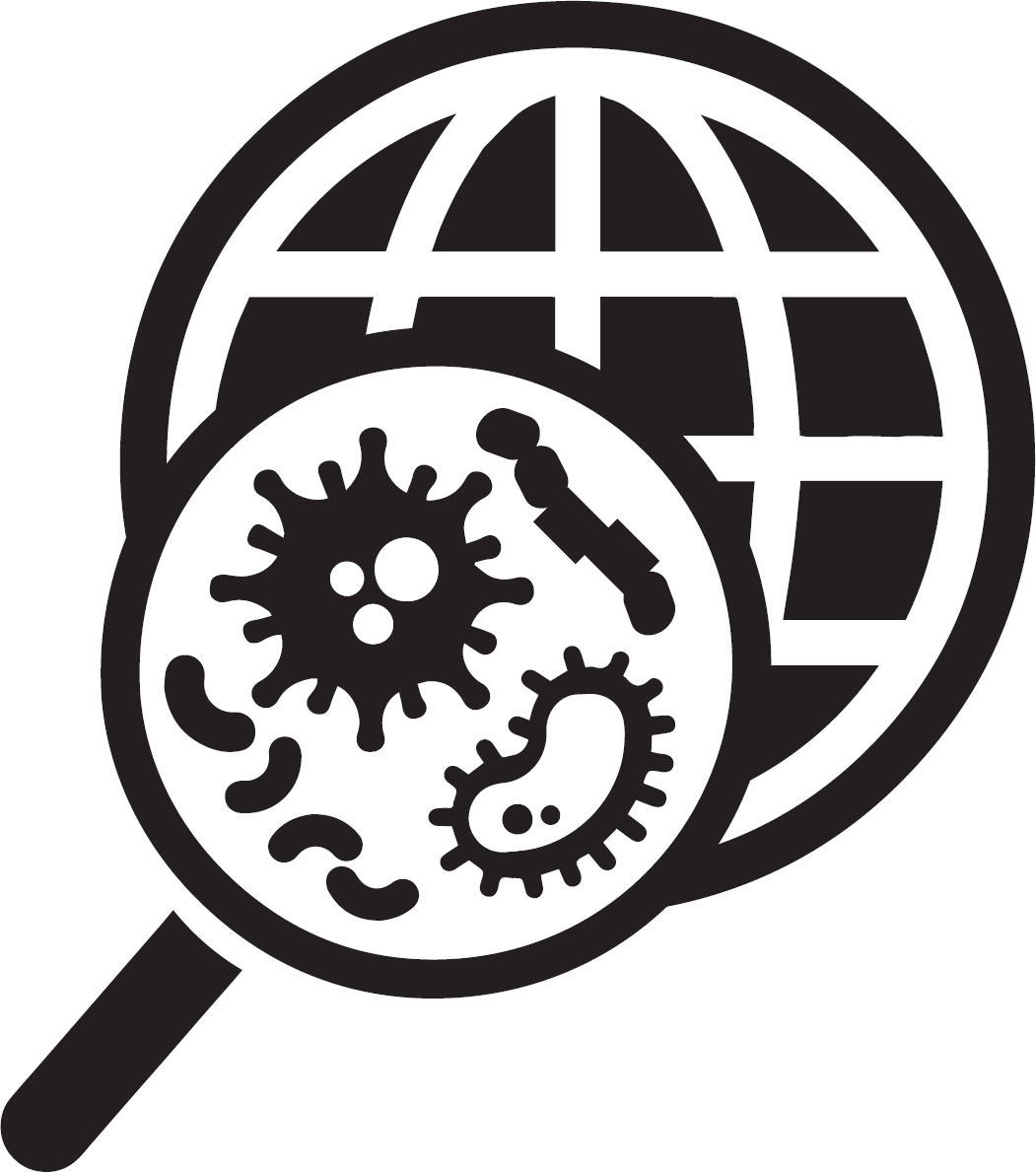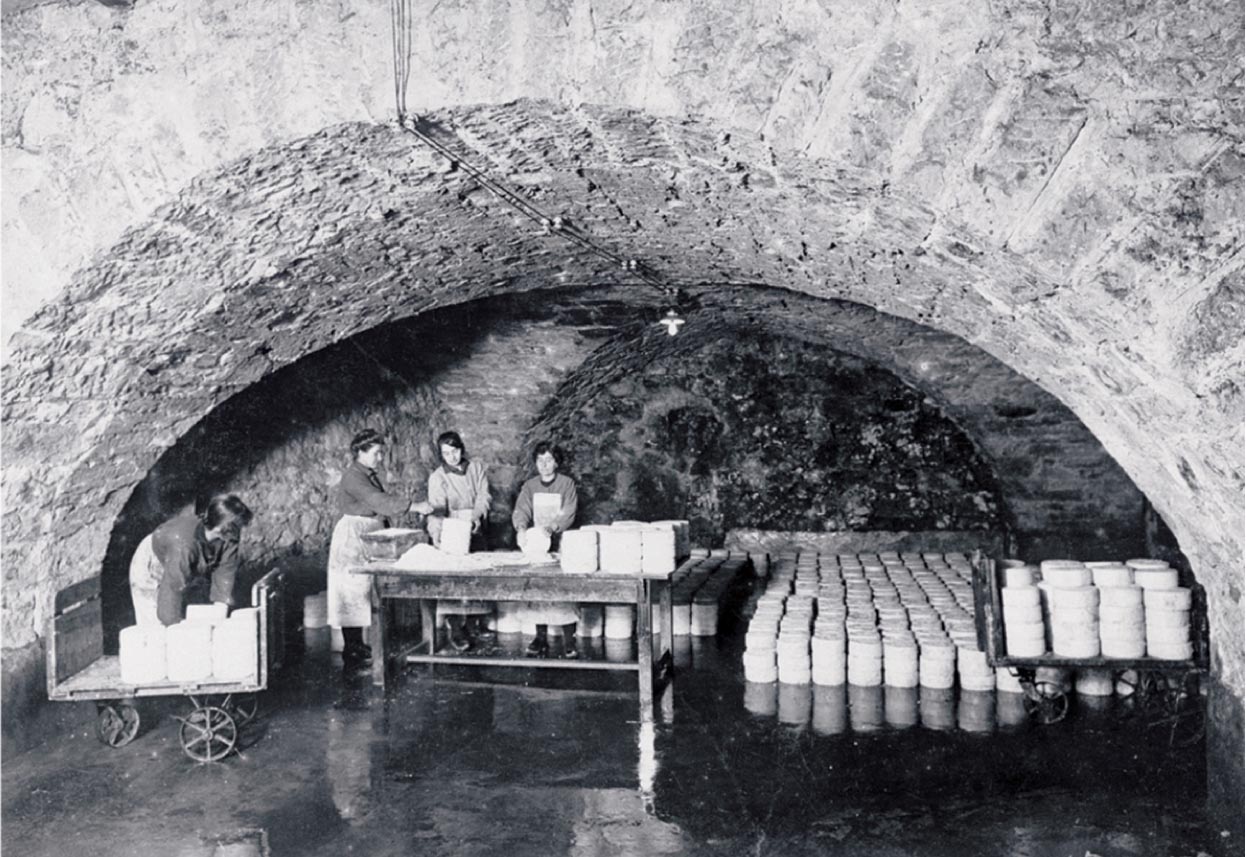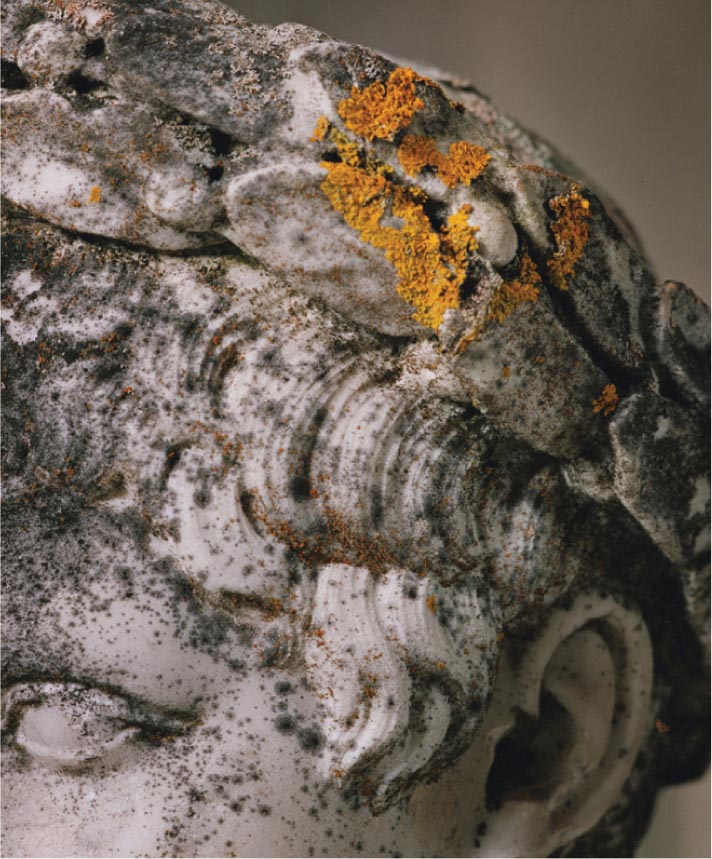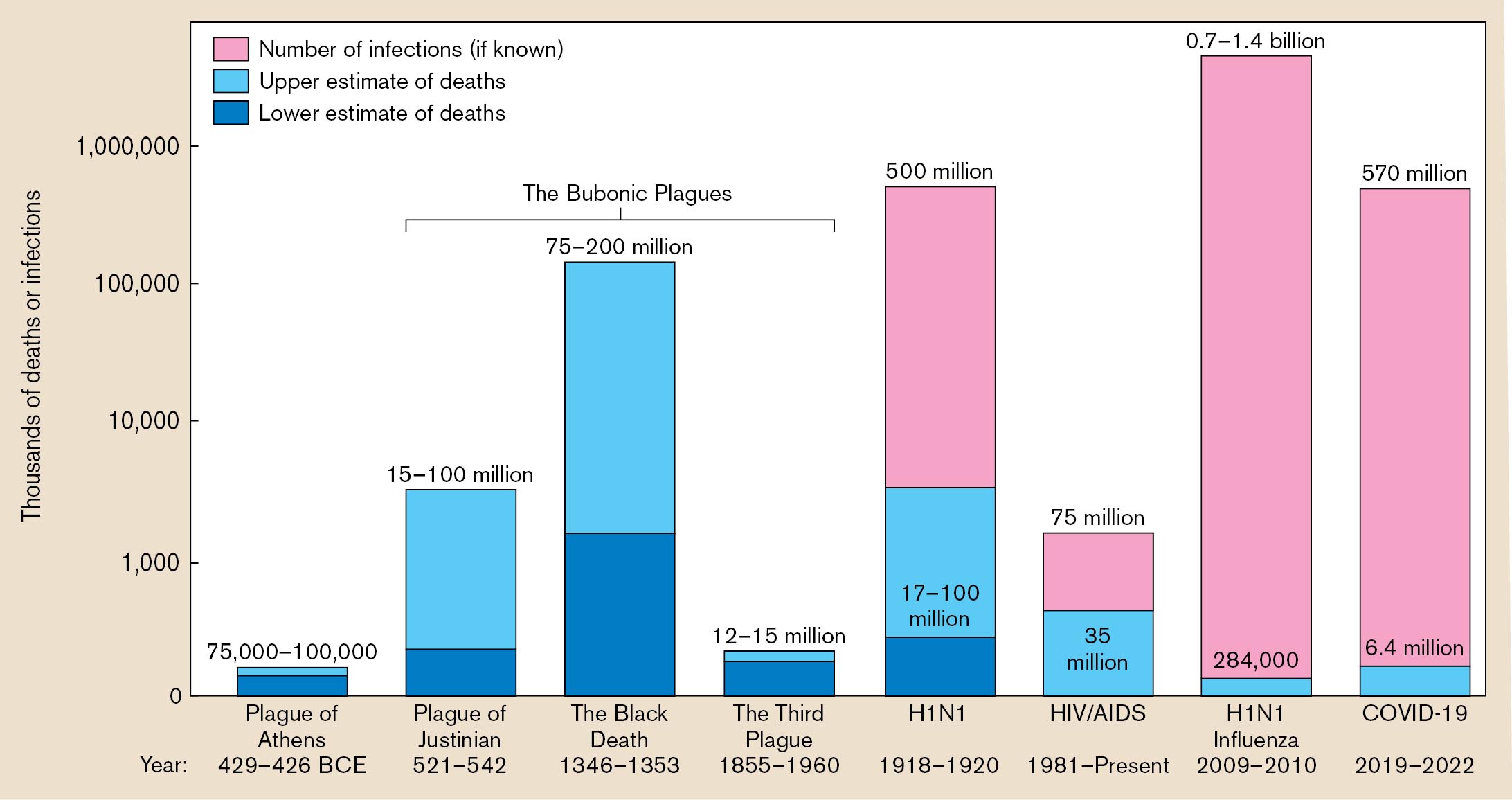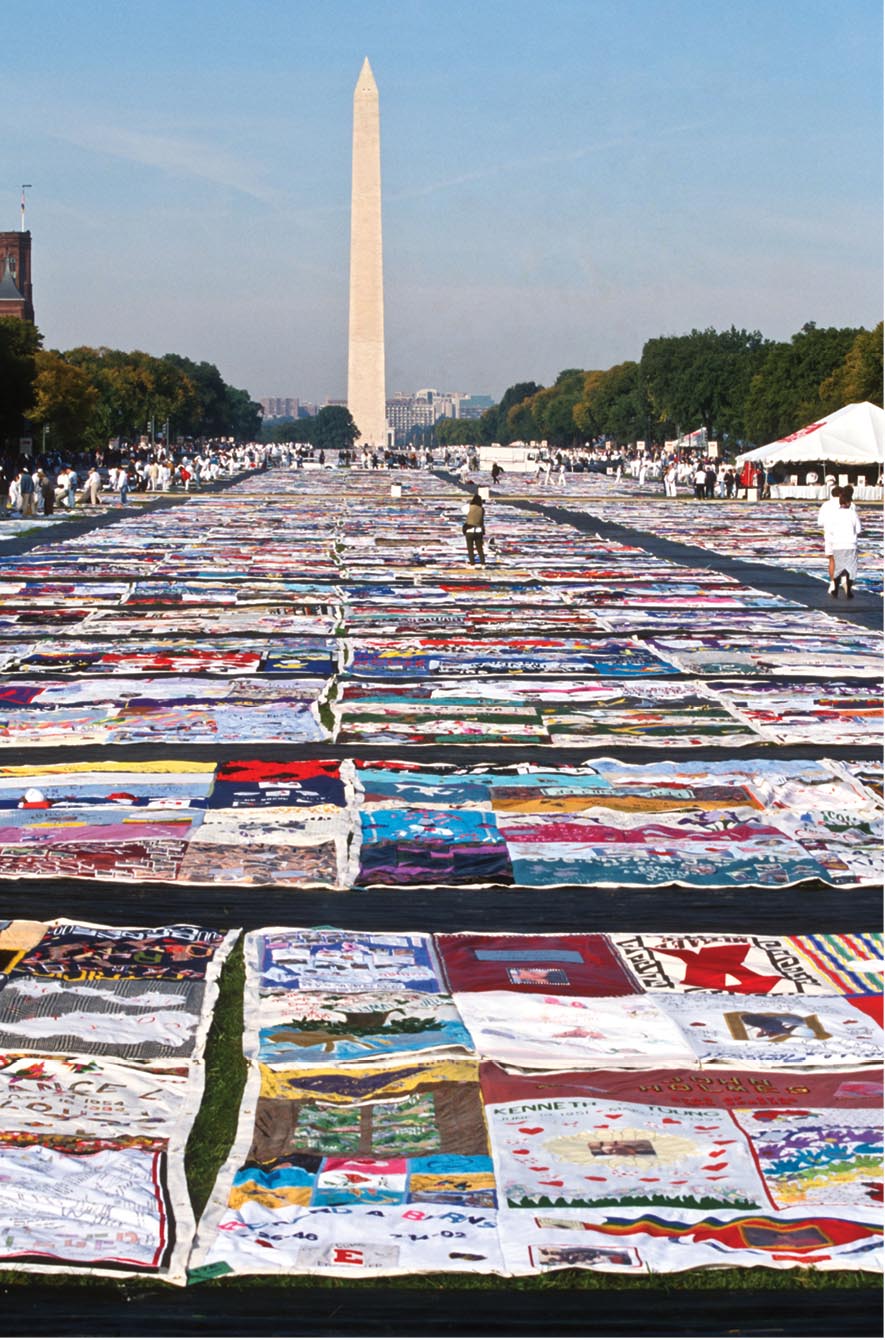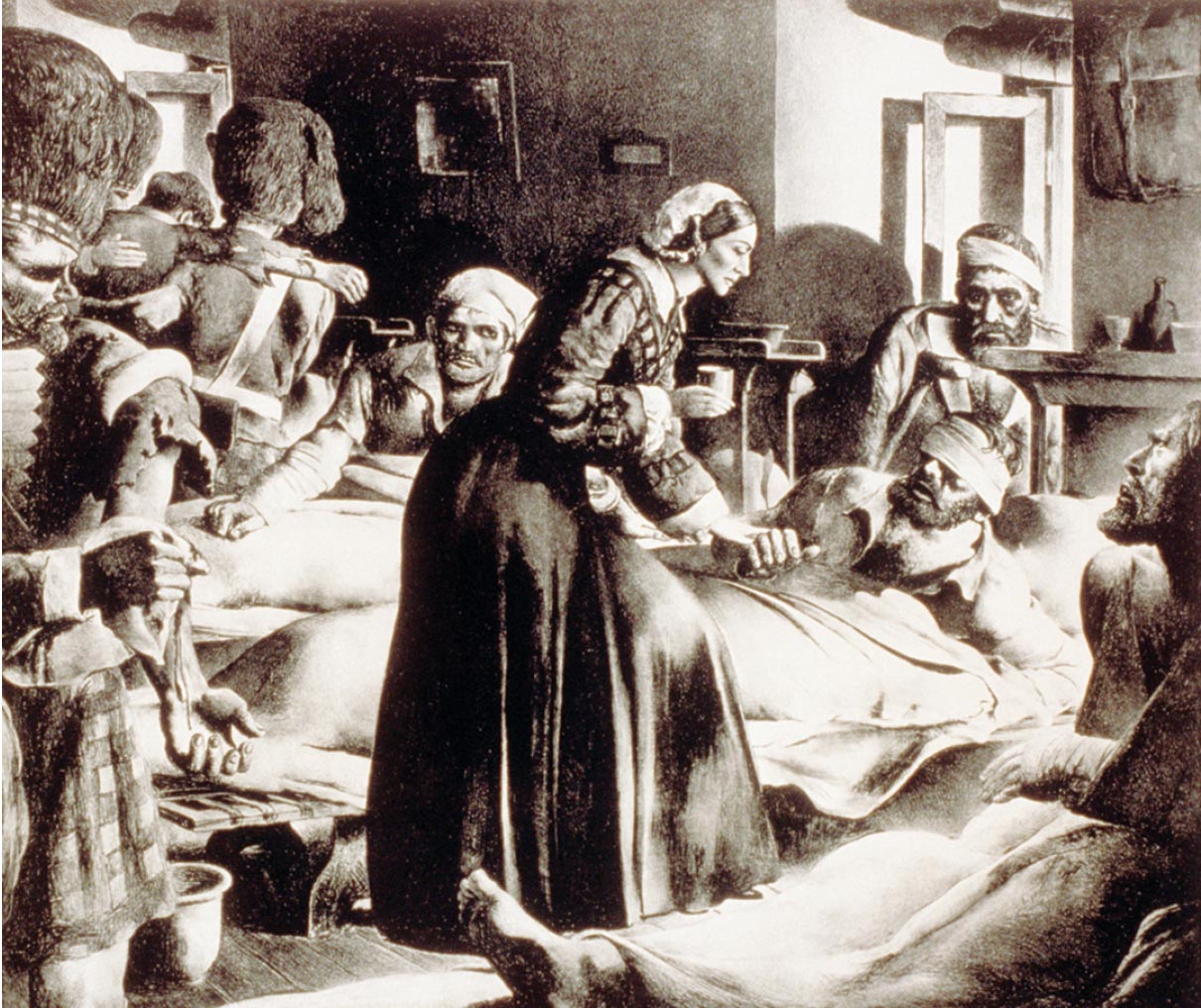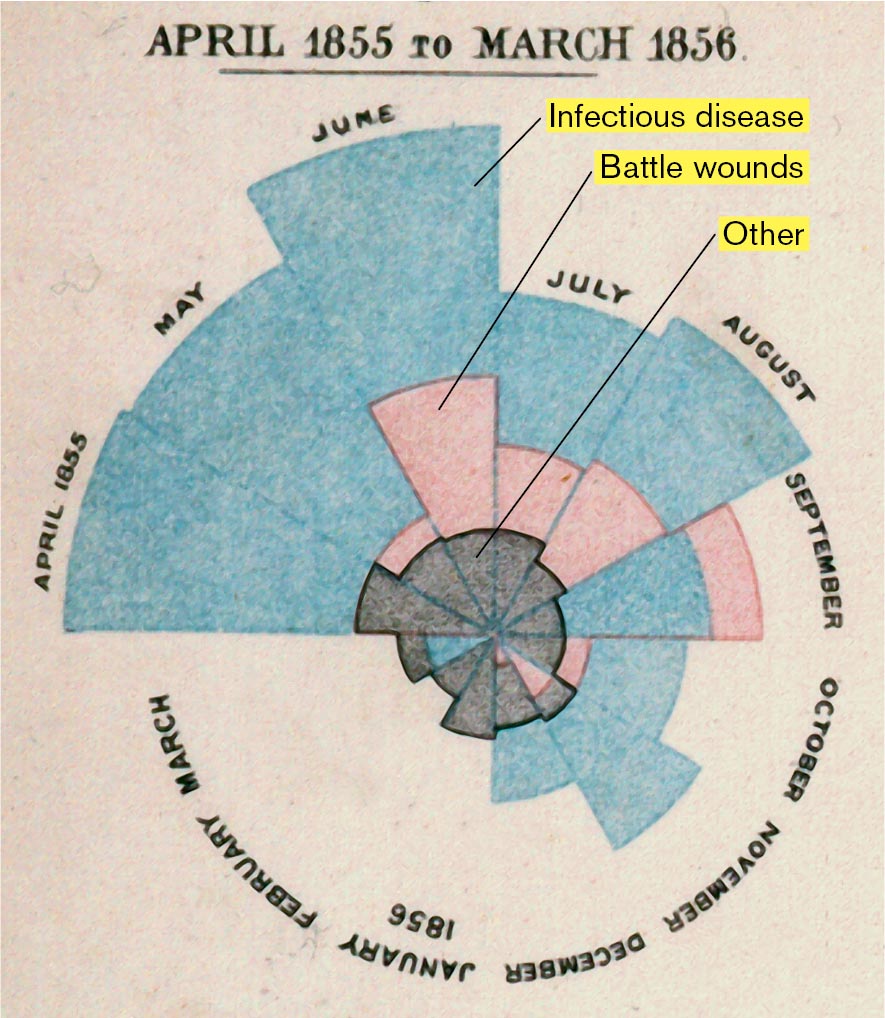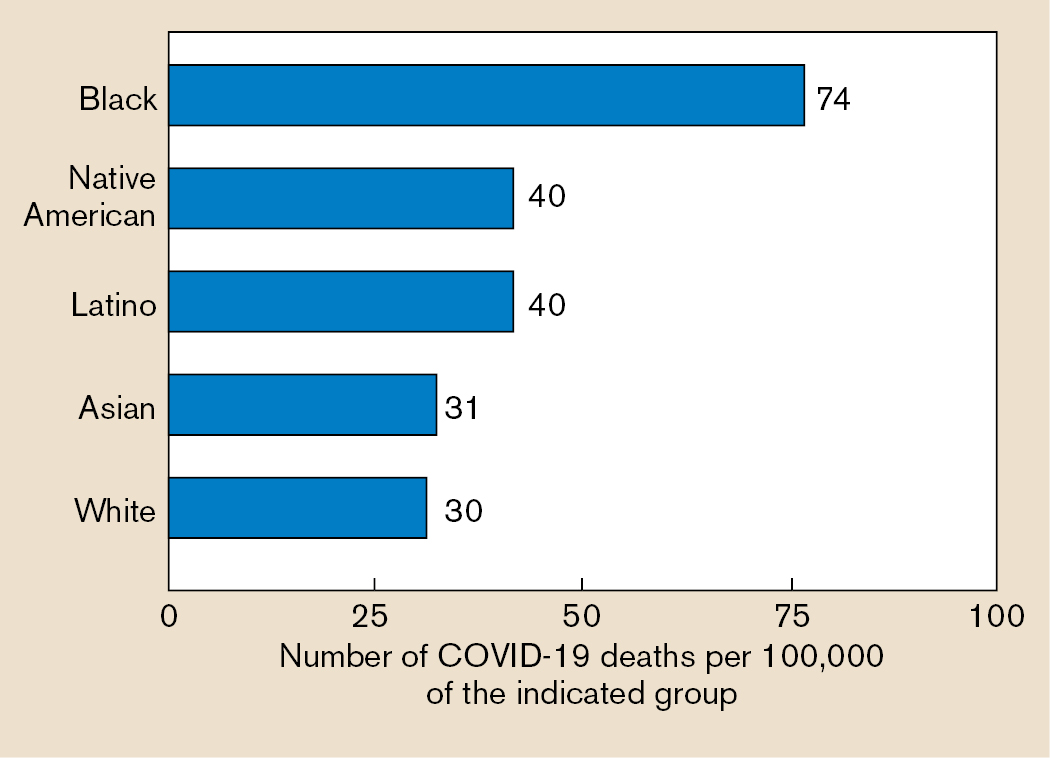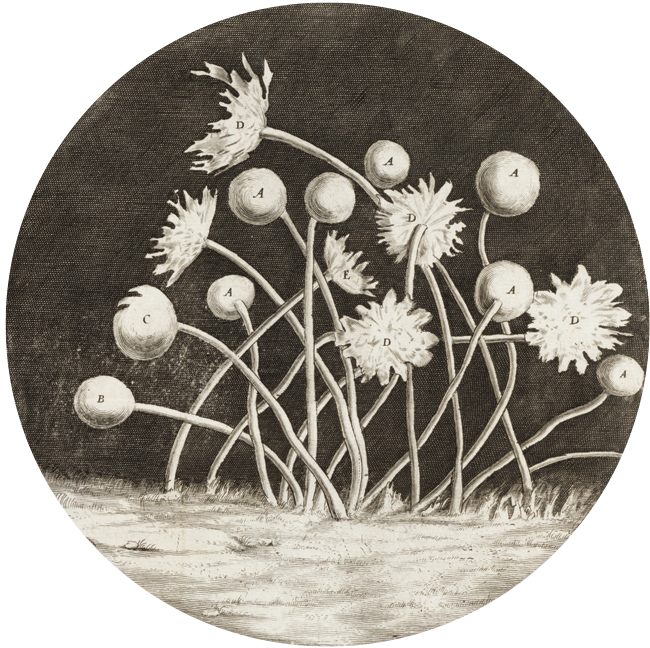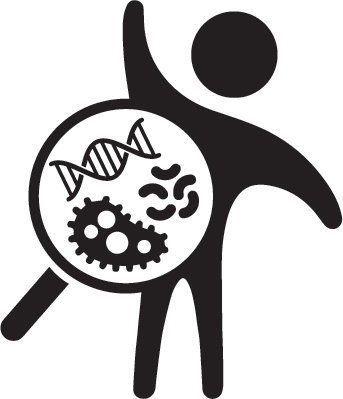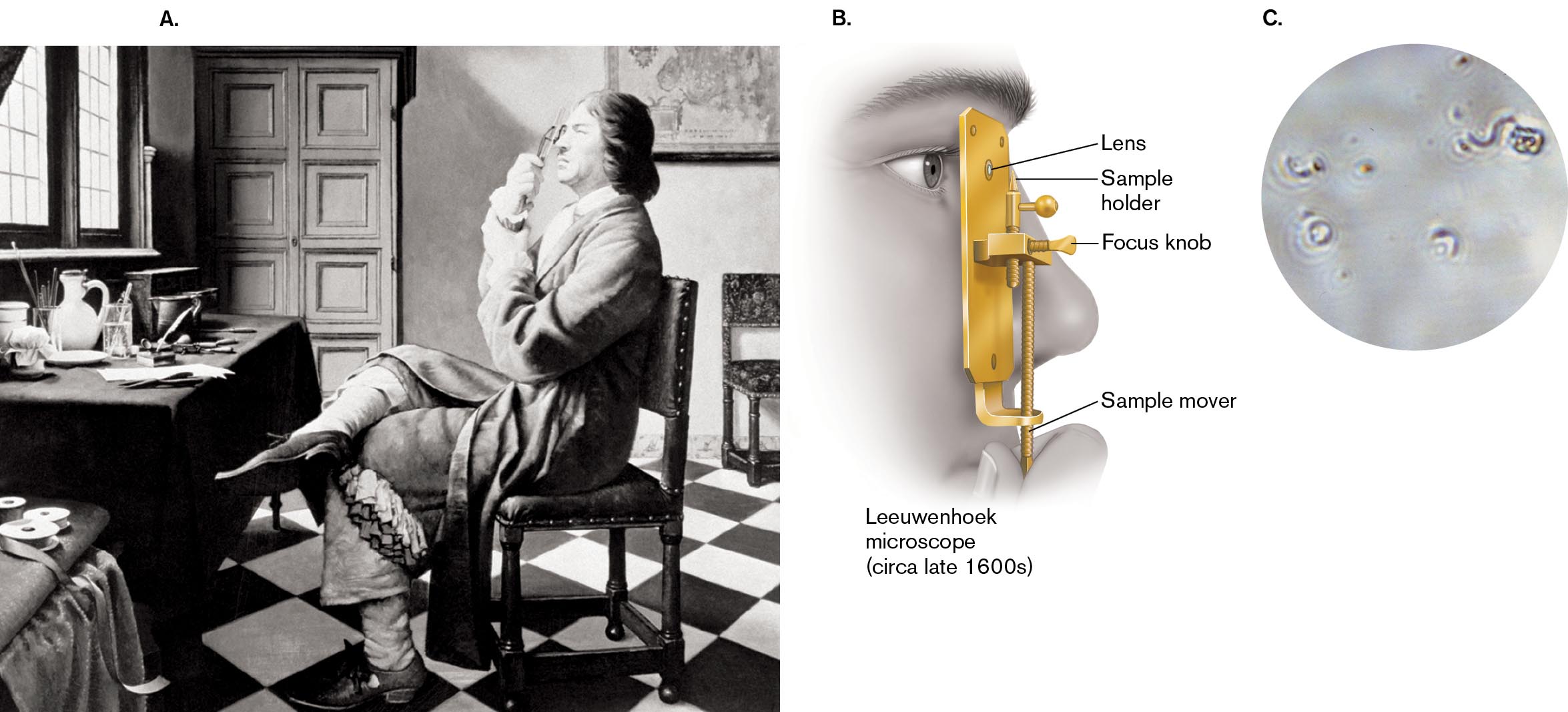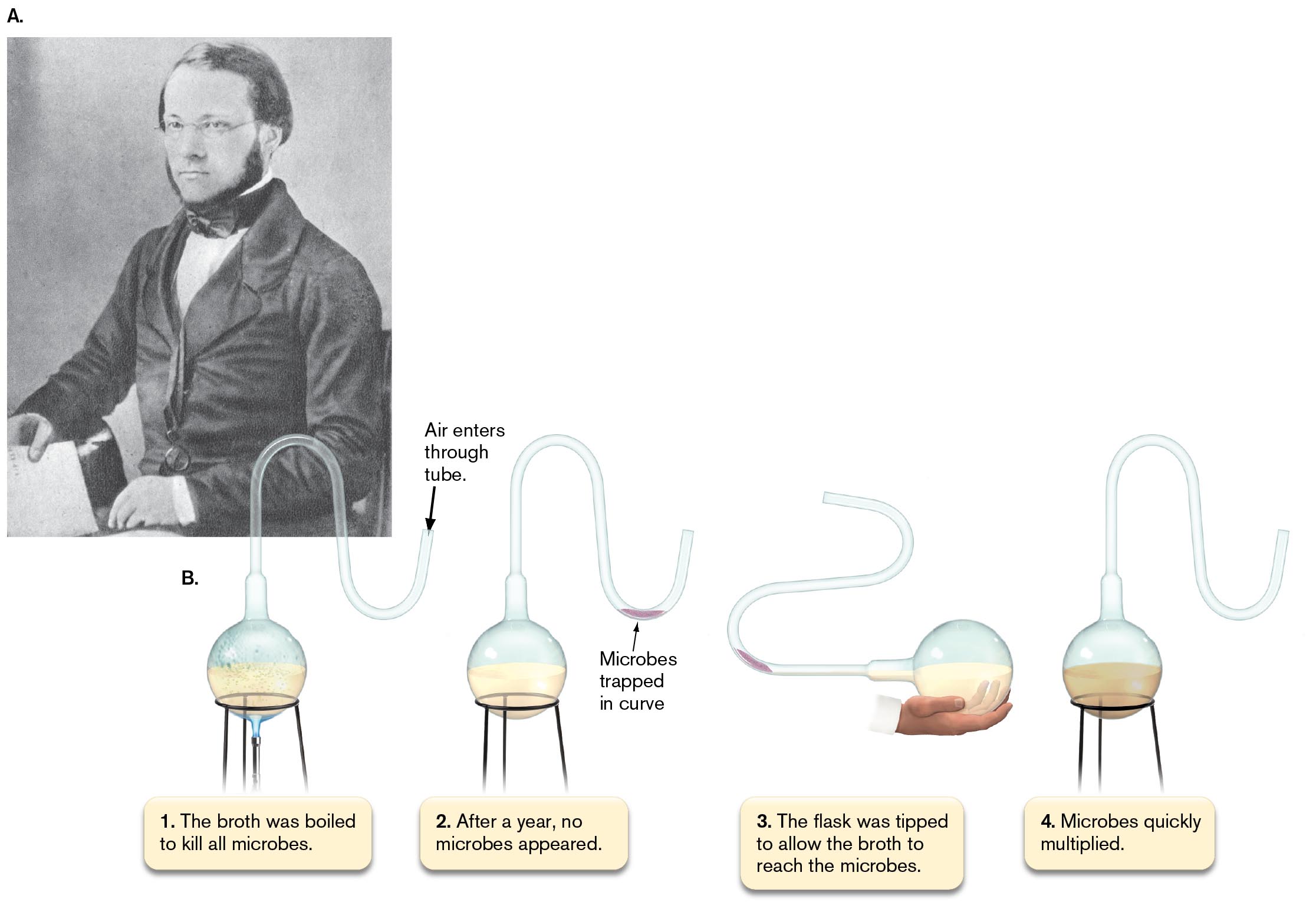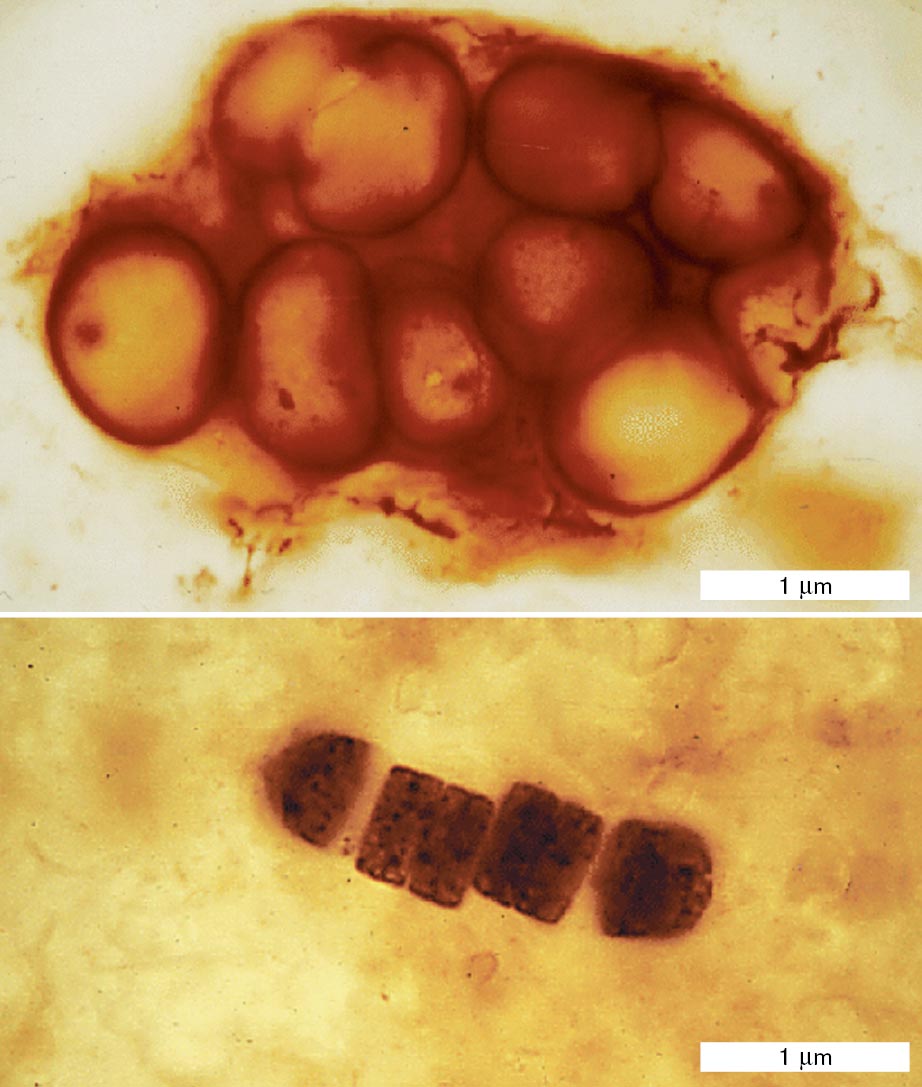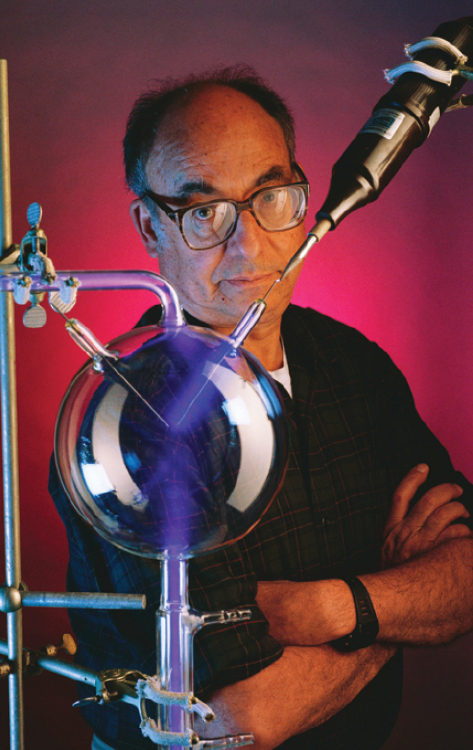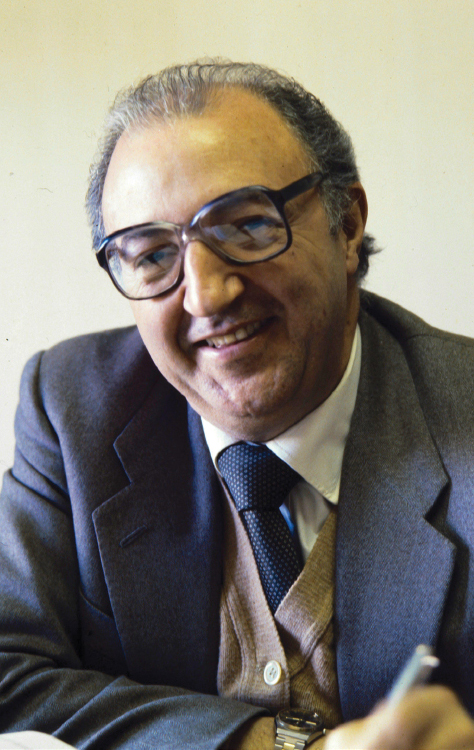|
Date
|
Microbial discovery
|
Discoverer(s)
|
|
Microbes impact human culture without detection
|
|
10,000 BCE
|
Food and drink are produced by microbial fermentation.
|
Egyptians, Chinese, and others
|
|
1500 BCE
|
Tuberculosis, polio, leprosy, and smallpox are evident in mummies and tomb art.
|
Egyptians
|
|
50 BCE
|
Copper is recovered from mine water acidified by sulfur-oxidizing bacteria.
|
Roman metal workers under Julius Caesar
|
|
1362 CE
|
Plague transmission is observed.
|
Ibn al-Khatib (Granada)
|
|
1546 CE
|
Syphilis and other diseases are seen to be contagious.
|
Girolamo Fracastoro (Padua)
|
|
Early microscopy and the origin of microbes
|
|
1676
|
Microbes are observed under a microscope.
|
Antonie van Leeuwenhoek (Netherlands)
|
|
1688
|
Spontaneous generation is disproved for maggots.
|
Francesco Redi (Italy)
|
|
1717
|
Smallpox is prevented by inoculation of pox material, a form of immunization.
|
Turkish women taught Lady Mary Montagu, who brought the practice to England
|
|
1765
|
Microbe growth in organic material is prevented by boiling in a sealed flask.
|
Lazzaro Spallanzani (Padua)
|
|
1798
|
Cowpox vaccination prevents smallpox.
|
Edward Jenner (England)
|
|
1835
|
Fungus causes disease in silkworms (first pathogen to be demonstrated in animals).
|
Agostino Bassi de Lodi (Italy)
|
|
1847
|
Chlorine as antiseptic wash for doctors’ hands decreases pathogens.
|
Ignaz Semmelweis (Hungary)
|
|
1881
|
Bacterial spores survive boiling but are killed by cyclic boiling and cooling.
|
John Tyndall (Ireland)
|
|
“Golden age” of microbiology: principles and methods established
|
|
1855
|
Sanitation shows statistical correlation with mortality (Crimean War).
|
Florence Nightingale (England)
|
|
1857
|
Microbial fermentation produces lactic acid or alcohol.
|
Louis Pasteur (France)
|
|
1864
|
Microbes fail to appear spontaneously, even in the presence of oxygen.
|
Louis Pasteur (France)
|
|
1866
|
Microbes are defined as a class distinct from animals and plants.
|
Ernst Haeckel (Germany)
|
|
1867
|
Antisepsis during surgery prevents patient death.
|
Joseph Lister (England)
|
|
1881
|
First artificial vaccine is developed (against anthrax).
|
Louis Pasteur (France)
|
|
1882
|
First pure culture of colonies, Mycobacterium tuberculosis, is grown on solid medium.
|
Robert Koch (Germany)
|
|
1877–1884
|
Koch’s postulates are based on anthrax and tuberculosis.
|
Robert Koch (Germany)
|
|
1884
|
Gram stain is devised to distinguish bacteria from human cells.
|
Hans Christian Gram (Denmark)
|
|
1886
|
Intestinal bacteria include Escherichia coli, the future model organism.
|
Theodor Escherich (Austria)
|
|
1889
|
Bacteria oxidize iron and sulfur and fix CO2 (lithotrophy).
|
Sergei Winogradsky (Russia)
|
|
1889
|
Bacteria isolated from root nodules are proposed to fix nitrogen.
|
Martinus Beijerinck (Netherlands)
|
|
1892, 1899
|
The concept of a virus is proposed to explain tobacco mosaic disease.
|
Dmitri Ivanovsky (Russia) and Martinus Beijerinck (Netherlands)
|
|
Cell biology, biochemistry, and genetics
|
|
1908
|
Antibiotic chemicals are synthesized and identified (chemotherapy).
|
Paul Ehrlich (Germany)
|
|
1911
|
Viruses are found to be a cause of cancer in chickens.
|
Peyton Rous (USA)
|
|
1917
|
Bacteriophages are recognized as viruses that infect bacteria.
|
Frederick Twort (England) and Félix d’Herelle (France)
|
|
1924
|
The ultracentrifuge is invented and used to measure the size of proteins.
|
Theodor Svedberg (Sweden)
|
|
1928
|
Streptococcus pneumoniae bacteria are transformed by material from dead cells.
|
Frederick Griffith (England)
|
|
1929
|
Penicillin, the first widely successful antibiotic, is isolated from a fungus in 1941.
|
Alexander Fleming (Scotland), Howard Florey (Australia), and Ernst Chain (England)
|
|
1933
|
First African-American earns a PhD in microbiology, on the bacteriology of tuberculosis.
|
Ruth E. Moore (USA)
|
|
1933–1945
|
The transmission electron microscope is invented and used to observe cells.
|
Ernst Ruska and Max Knoll (Germany)
|
|
1937
|
The tricarboxylic acid cycle is discovered.
|
Hans Krebs (Germany)
|
|
1938
|
The microbial “kingdom” is subdivided into prokaryotes (Monera) and eukaryotes.
|
Herbert Copeland (USA)
|
|
1938
|
Bacillus thuringiensis spray is produced as the first bacterial insecticide.
|
Insecticide manufacturers (France)
|
|
1941
|
One gene encodes one enzyme in Neurospora.
|
George Beadle and Edward Tatum (USA)
|
|
1941
|
Poliovirus is produced in human tissue culture.
|
John Enders, Thomas Weller, and Frederick Robbins (USA)
|
|
1944
|
DNA is the genetic material that transforms S. pneumoniae.
|
Oswald Avery, Colin MacLeod, and Maclyn McCarty (USA)
|
|
1945
|
The bacteriophage replication mechanism is elucidated.
|
Salvador Luria (Italy) and Max Delbrück (Germany), working in the USA
|
|
1946
|
Bacteria transfer DNA by conjugation.
|
Edward Tatum and Joshua Lederberg (USA)
|
|
1946–1956
|
X-ray diffraction crystal structures are obtained for the first complex biological molecules: penicillin and vitamin B12.
|
Dorothy Hodgkin, John Bernal, and co-workers (England)
|
|
1950
|
Anaerobic culture technique is devised to study anaerobes of the bovine rumen.
|
Robert Hungate (USA)
|
|
1950
|
The E. coli K-12 genome carries a latent bacteriophage lambda.
|
Esther Lederberg (USA) and André Lwoff (France)
|
|
1951
|
Transposable elements in DNA are discovered in maize and later shown in bacteria.
|
Barbara McClintock (USA)
|
|
1952
|
DNA is injected into a cell by a bacteriophage.
|
Martha Chase and Alfred Hershey (USA)
|
|
Molecular biology and recombinant DNA
|
|
1953
|
Overall structure of DNA is identified by X-ray diffraction analysis as a double helix.
|
Rosalind Franklin and Maurice Wilkins (England)
|
|
1953
|
Double-helical DNA consists of antiparallel chains connected by the hydrogen bonding of AT and GC base pairs.
|
James Watson (USA) and Francis Crick (England)
|
|
1959
|
Expression of the messenger RNA for the E. coli lac operon is regulated by a repressor protein.
|
Arthur Pardee (England); François Jacob and Jacques Monod (France)
|
|
1960
|
Radioimmunoassay for detection of biomolecules is developed.
|
Rosalyn Yalow and Solomon Bernson (USA)
|
|
1961
|
The chemiosmotic theory, which states that biochemical energy is stored in a transmembrane proton gradient, is proposed and tested.
|
Peter Mitchell and Jennifer Moyle (England)
|
|
1966
|
The genetic code by which DNA information specifies protein sequences is deciphered.
|
Marshall Nirenberg, Har Gobind Khorana, and others (USA)
|
|
1967
|
Bacteria can grow at temperatures above 80°C in hot springs at Yellowstone National Park.
|
Thomas Brock (USA)
|
|
1968
|
Serial endosymbiosis is proposed to explain the evolution of mitochondria and chloroplasts.
|
Lynn Margulis (USA)
|
|
1969
|
Retroviruses contain reverse transcriptase, which copies RNA to make DNA.
|
Howard Temin, David Baltimore, and Renato Dulbecco (USA)
|
|
1972
|
Inner and outer membranes of Gram-negative bacteria (Salmonella) are separated by ultracentrifugation.
|
Mary Osborn (USA)
|
|
1973
|
A recombinant DNA molecule is made in vitro (in a test tube).
|
Stanley Cohen, Annie Chang, Robert Helling, and Herbert Boyer (USA)
|
|
1974
|
A rotary motor drives the bacterial flagellum.
|
Howard Berg, Michael Silverman, and Melvin Simon (USA)
|
|
1975
|
mRNA-rRNA base pairing initiates protein synthesis in E. coli.
|
Joan Steitz and Karen Jakes (USA); Lynn Dalgarno and John Shine (Australia)
|
|
1975
|
The dangers of recombinant DNA are assessed at the Asilomar Conference.
|
Paul Berg, Maxine Singer, and others (USA)
|
|
1975
|
Monoclonal antibodies are produced indefinitely in tissue culture by hybridomas, antibody-producing cells fused to cancer cells.
|
George Köhler (Germany) and Cesar Milstein (UK)
|
|
1977, 1980
|
A DNA sequencing method is invented and used to sequence the first genome of a virus.
|
Fred Sanger, Walter Gilbert, and Allan Maxam (England and USA)
|
|
1977
|
Archaea are identified as a third domain of life, the others being eukaryotes and bacteria.
|
Carl Woese (USA)
|
|
1978
|
The first protein catalog, based on 2D gels, is compiled for E. coli.
|
Fred Neidhardt, Peter O’Farrell, and colleagues (USA)
|
|
1978
|
Biofilms are a major form of existence of microbes.
|
William Costerton and others (Canada)
|
|
1979
|
Smallpox is declared eliminated—a global triumph of immunology and public health.
|
World Health Organization
|
|
Genomics, structural biology, and molecular ecology
|
|
1981
|
Invention of the polymerase chain reaction (PCR) makes available large quantities of DNA.
|
Kary Mullis (USA)
|
|
1981–1986
|
Self-splicing and self-replicating RNA is discovered in the protist Tetrahymena.
|
Thomas Cech, Sidney Altman, Jennifer Doudna, and Jack Szostak (USA)
|
|
1982
|
Archaea are discovered with optimal growth above 100°C.
|
Karl Stetter (Germany)
|
|
1982
|
Viable but noncultured bacteria contribute to ecology and pathology.
|
Rita Colwell and Norman Pace (USA)
|
|
1982
|
Prions, infectious agents consisting solely of protein, are characterized.
|
Stanley Prusiner (USA)
|
|
1983
|
Human immunodeficiency virus (HIV) is discovered as the cause of AIDS.
|
Françoise Barré-Sinoussi and Luc Montagnier (France); Robert Gallo (USA)
|
|
1983
|
Genes are introduced into plants by use of Agrobacterium tumefaciens plasmid vectors.
|
Eugene Nester, Mary-Dell Chilton, and colleagues (USA)
|
|
1984
|
Acid-resistant Helicobacter pylori grow in the stomach, where they cause gastritis.
|
Barry Marshall and J. Robin Warren (Australia)
|
|
1987
|
Geobacter bacteria that can generate electricity are discovered.
|
Derek Lovley and colleagues (USA)
|
|
1988
|
Prochlorococcus is identified as Earth’s most abundant marine phototroph.
|
Sallie Chisholm and colleagues (USA)
|
|
1995
|
First genome is sequenced for a cellular organism, Haemophilus influenzae.
|
Craig Venter, Hamilton Smith, Claire Fraser, and others (USA)
|
|
2006
|
First metagenomes are sequenced, from Iron Mountain acid mine drainage and from the Sargasso Sea.
|
Jillian Banfield, Craig Venter, and others (USA)
|
|
2006
|
Gardasil vaccine prevents genital human papillomavirus (HPV), the most common sexually transmitted infection.
|
Patented by Georgetown University and other institutions (USA and Australia)
|
|
2012
|
CRISPR-Cas9 bacterial self-defense mechanism is used for programmable gene editing.
|
Jennifer Doudna (USA) and Emmanuelle Charpentier (France)
|
|
2013
|
A lentiviral vector, a genetically modified form of HIV, cures a person of cancer.
|
Michael Kalos, Stephan Grupp, Carl June, and colleagues (USA)
|
|
1988–2022
|
Escherichia coli long-term evolution experiment reaches 50,000 generations and continues.
|
Richard Lenski, Zachary Blount, and colleagues (USA)
|
|
2019
|
A coronavirus (SARS-CoV-2) is found to be the cause of the COVID-19 pandemic.
|
Li Wenliang (China)
|
|
2020
|
First mRNA vaccines are approved for human use, to prevent SARS-CoV-2 infection.
|
Pfizer-BioNTech, Moderna, and National Institutes of Health (USA and Germany)
|
 ANSWER
ANSWER ANSWER
ANSWER